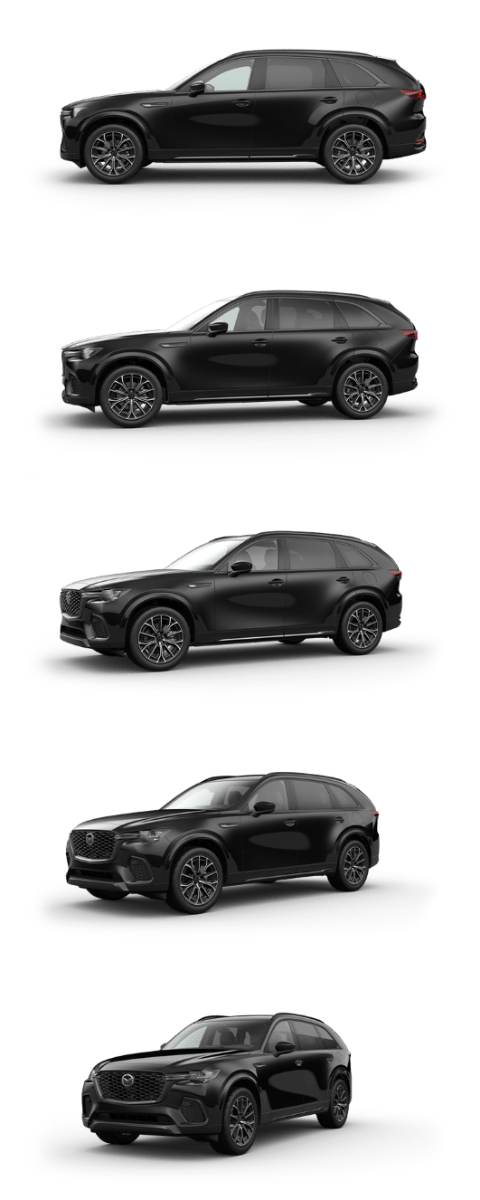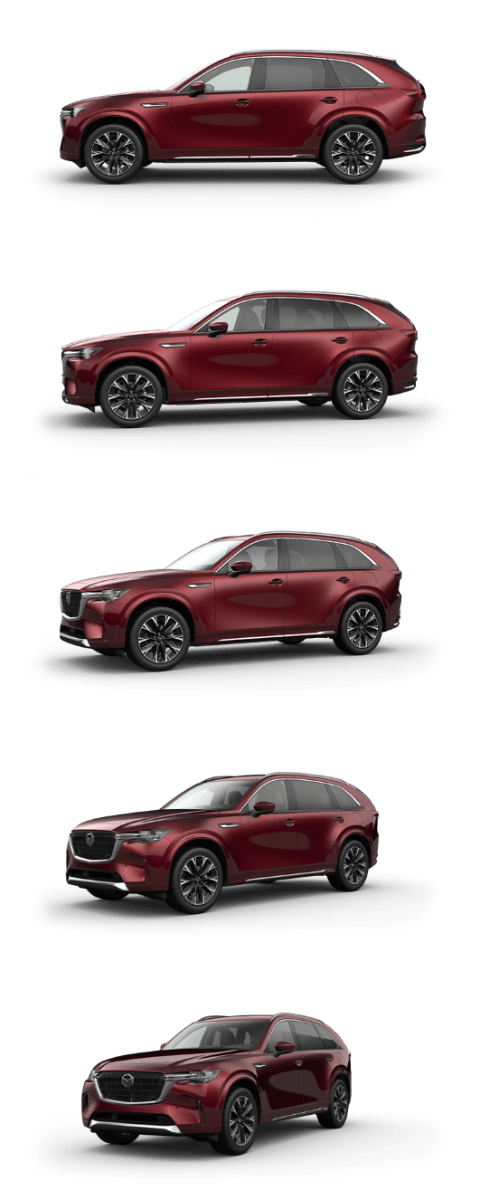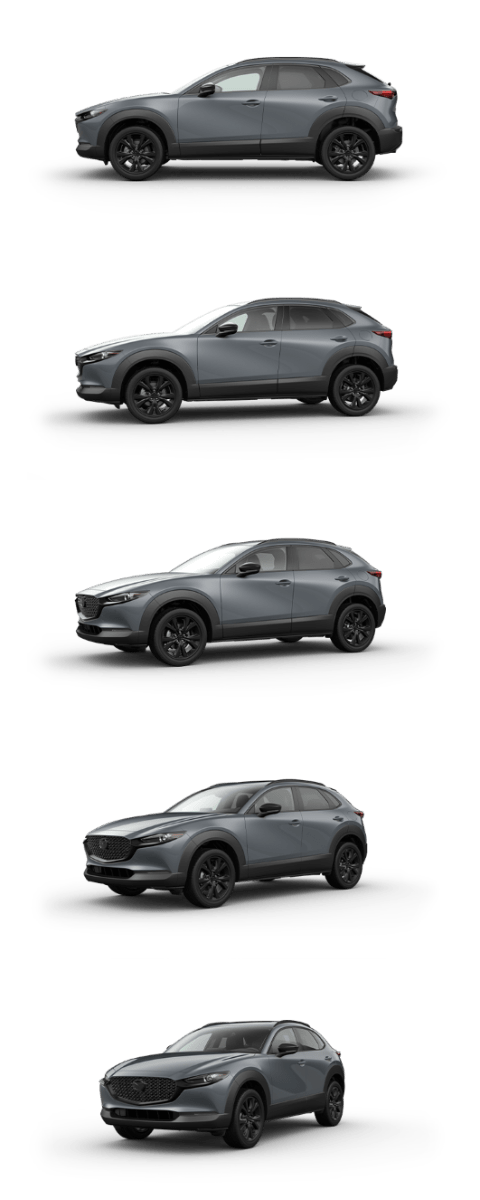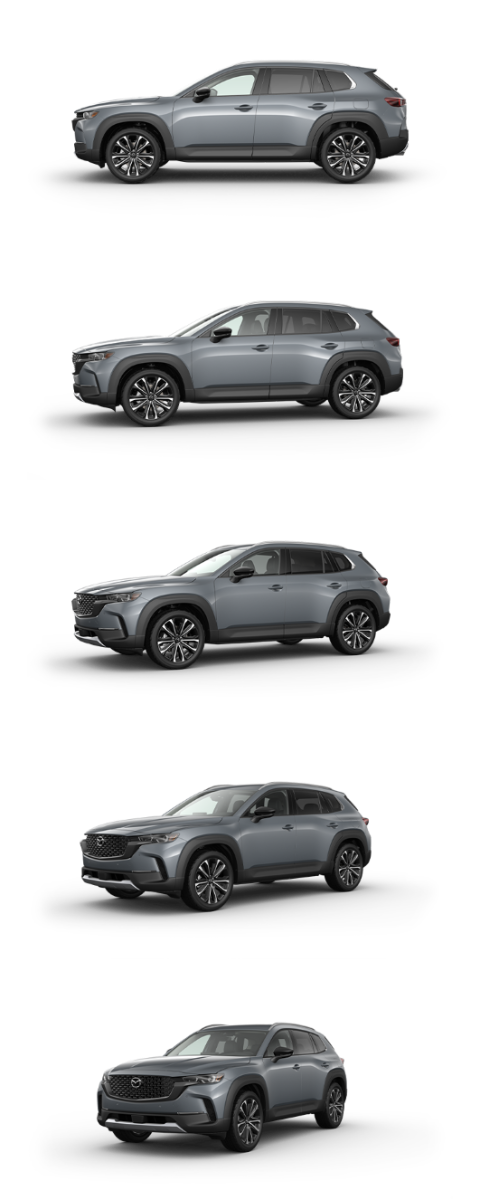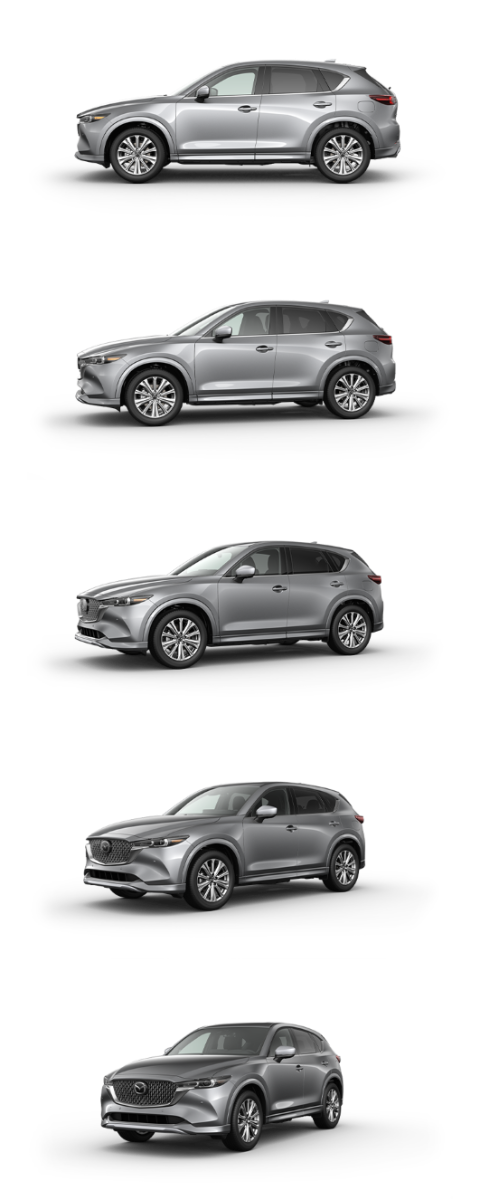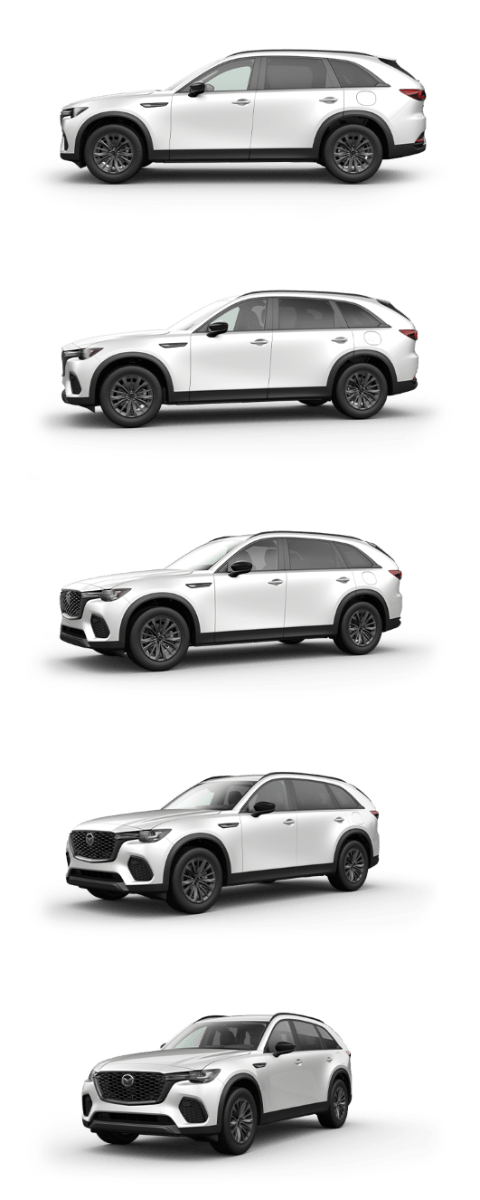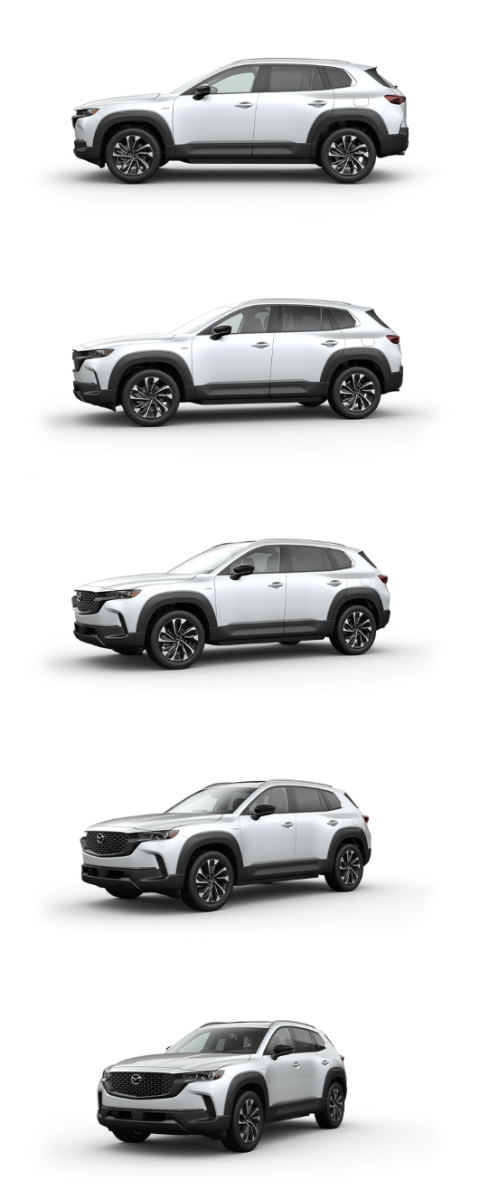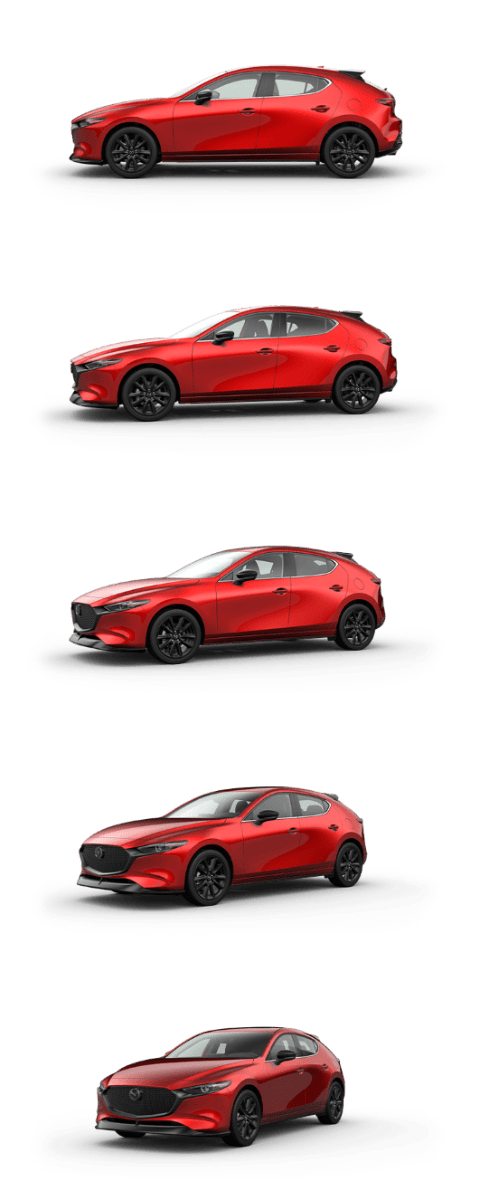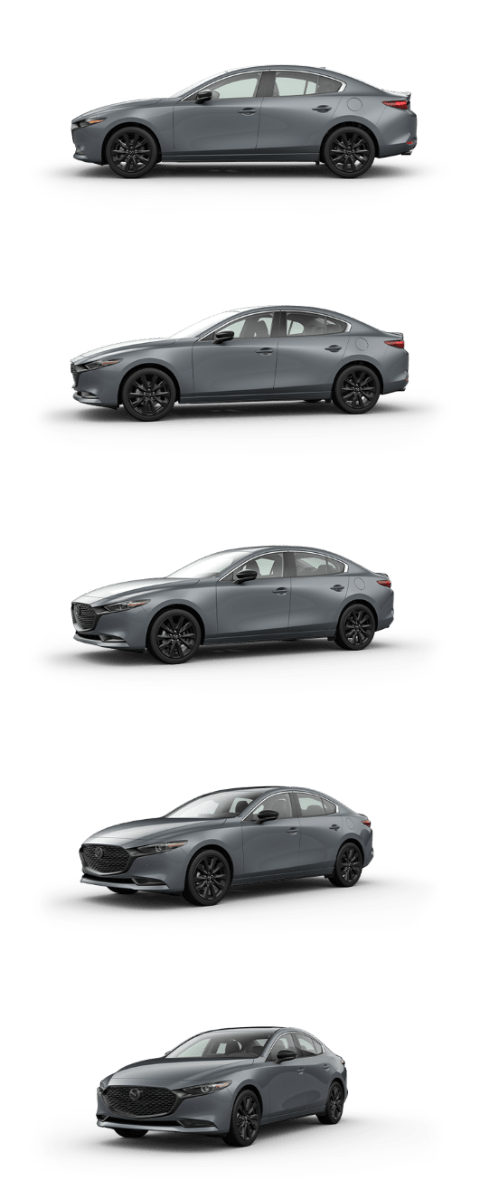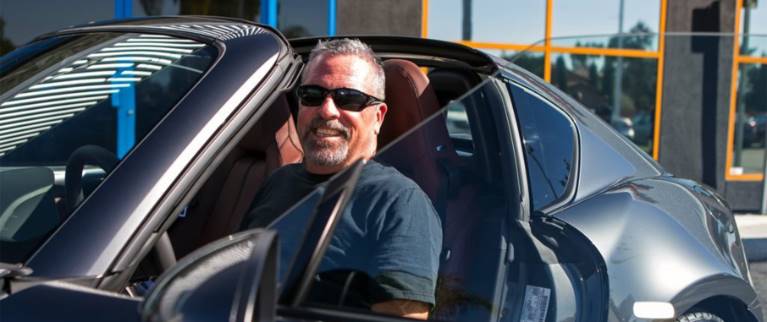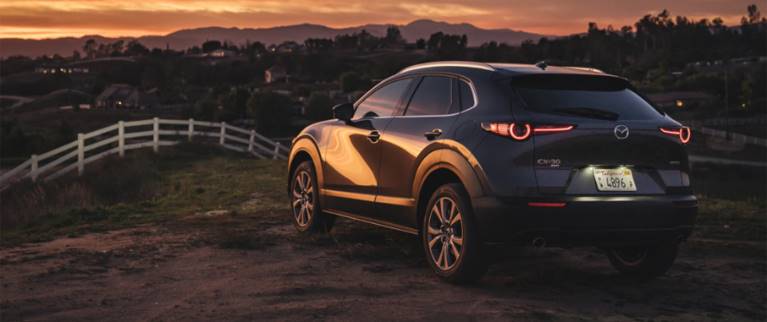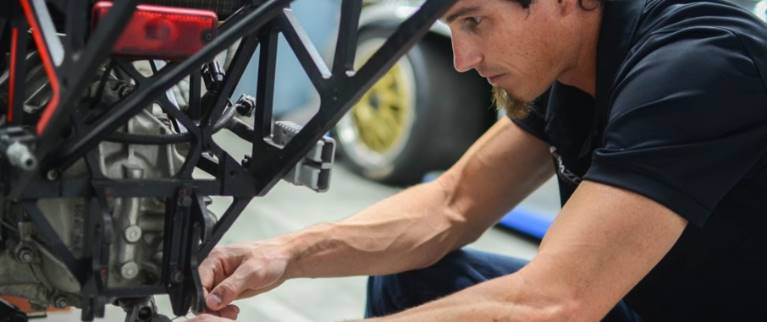Your Guide to the Etiquette of EV Charging
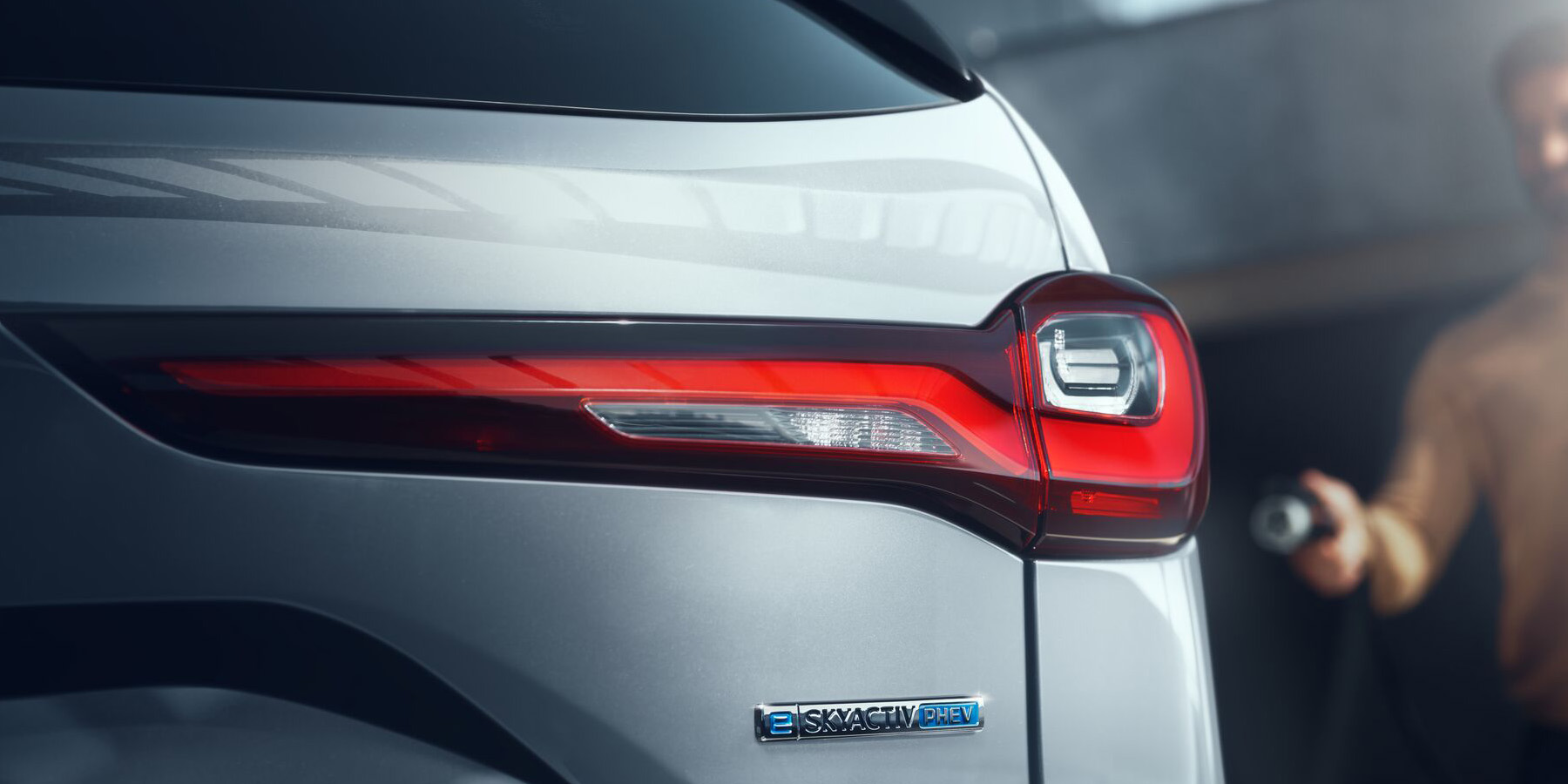
As plug-in vehicle adoption grows—in some areas faster than the charging infrastructure—a little common sense and a “do unto others” mindset can go a long way. That said, there’s no Emily Post guide to electric vehicle charging etiquette, so we’re here to offer a few tips to help you make the most of a charging station while minimizing inconvenience to others.
Experienced EV drivers may already know a few of these guidelines but, with the rapidly evolving EV landscape, it’s worth staying informed. If you encounter a tricky situation—or one that’s entirely new—a good rule of thumb is to consider how you’d handle a similar scenario at a gas station.
With that in mind, let’s dive into some key guidelines and best practices for navigating EV charging etiquette.
Plan ahead and select the right charger
1. Choose a charger that matches your vehicle’s capabilities
Not all chargers are suitable for every EV. If your vehicle doesn’t have Level 3 charging capability (aka DC Fast Charging) or would take excessively long on a basic Level 1 charger, avoid relying on those options for public charging as your key charging points. For plug-in hybrid vehicles with moderate-sized batteries, an overnight Level 1 charge at home may be sufficient, freeing up public Level 2 chargers for larger-battery EVs.
If you’re new to charging, check out our resources on los niveles de carga de EV, how long it takes to charge different types of electric vehicles, and our how-to charging guide.
2. Familiarize yourself with the location of your vehicle’s charging port
Charger cable lengths aren’t as standardized as gas pump hoses, and the charging port on your EV or PHEV can vary in location. Knowing where your vehicle’s charging port is will help you park more accurately, ensuring easy access to the charger and safely positioning the cable to avoid tripping hazards. It’s also useful information to keep in mind when you’re approaching a charging station while towing a trailer.
Additionally, you’ll want to familiarize yourself with your charge-port door or flap to understand its features, such as whether it can lock only while charging or be set to other options.
3. Plan your charging stops in advance, especially for long trips
Entre Environmental Protection Agency provides a rated range for most electric vehicles, which is frequently quoted by manufacturers. But it’s always wise to keep a “mileage may vary” disclaimer in mind for your EV, just as you would for your gas-powered vehicle. As you gain experience driving and charging your EV or PHEV, you’ll develop a better sense of how far 60% of your battery capacity can take you, as well as what to expect when you factor in load, weather, terrain and your personal driving habits. You’ll want to adjust your planned recharging intervals to account for these variables. If you know your destination has limited chargers nearby or a higher usage demand, plan a backup stop so that you’re not stuck in line.
Etiquette for parking and EV charger usage
Only park in charging spots if you are actively charging your vehicle
Just as they would at a gas station, some people will park at the chargers, even though they’re not refueling or their charging is complete. However, most EV owners will know to unplug from a fast charger when their battery reaches 80-85% capacity, as charging the last 20% can take longer than charging from 15% to 80%. Unless you need that extra 15% to close out a trip, it’s more considerate to not charge up to 100%, particularly if there is a line of cars waiting behind you.
Another good reason to park only while actively charging is to avoid idle fees or breaking local restrictions. Many charging providers now impose idle fees, which apply after a brief grace period once charging is complete. These fees, or even potential parking tickets, add up over time.
Use the correct plug type for your EV
Charging plugs and cables for electrified vehicles vary and aren’t interchangeable like selecting “regular” or “super” at a gas pump. Understanding which charging connection your vehicle requires and the adapters you may need will go a long way to improving the experience.
Avoid blocking charging stations with non-electric vehicles (“ICEing”)
Some gasoline vehicle drivers find it amusing to park in EV charging spots, a practice known as "ICEing," referring to the internal combustion engine powering their vehicles. This behavior is no better than parking an EV at a gas pump just to run into the convenience store.
While this is frustrating—especially if your battery‘s state of charge (SOC) is approaching zero—it’s not a 911-level emergency. If it happens on private property, consider addressing it with the property manager. In many jurisdictions, ICEing is a ticketable offense, and in some cases, the vehicle may even be towed. Look for signage, as some locations post the towing company’s name and contact information.
Reserve public chargers for when they’re genuinely needed
Many EV drivers living in apartments or shared garages don’t have the option to charge at home and must rely on public chargers. With this in mind, using a public charger to top off your battery at 75% SOC is inconsiderate, especially if others are waiting. Along the same lines, some charging stations will bill you for occupying the space without actively charging.
If you’re using a DC fast charger and need 100% for your next leg, consider switching to a Level 2 charger once your battery can no longer charge at peak speed—especially if it doesn’t incur another connection fee. This frees up the fast charger for others while adding only a little extra time to your stop.
Etiquette while charging
Respect other drivers and wait your turn—never skip ahead in line
You wouldn’t (and shouldn’t) cut in line waiting for a gas pump, and the same courtesy applies at an EV charge station. If all the chargers are in use when you arrive, look around for another EV that may be waiting in a nearby spot that doesn’t restrict traffic flow. An open charge port door on an idle car is often a clear sign that a vehicle is waiting for a charger.
Be mindful of time limits and move your vehicle promptly when charging is complete
Don’t “park it and forget it.” Beyond the risk of incurring idle fees, it’s important to consider others. Grabbing a quick take-out lunch and returning to your vehicle shortly after it finishes charging is fine but leaving it at an interstate DC fast charger for a three-hour meal is inconsiderate to others who may need to charge.
Monitor your charging session if you leave your vehicle unattended
Vehicle or charger apps can keep you apprised of your charging session. Use these to alert you when your car is finished charging, and when you should move it. If you’re using a charger at a hotel and your session finishes in the early evening, take a moment to unplug and move your car to free up the charger for others. However, if you do happen to plug in late at night, such as around 11 PM or midnight, it’s generally reasonable not to unplug until morning.
Avoid lingering in charging spaces once your vehicle is fully charged
Keep in mind that lingering at a charger beyond 80–85% SOC may incur idle fees or charges to your account. Use your good judgment in these situations.
When possible, choose a separate charging cabinet to avoid slowing down others. If the station has multiple charge points sharing the same pylon or cabinet, prioritize using an empty pylon, first. Charging speeds often decrease for all vehicles sharing the same cabinet, so selecting an independent unit helps ensure faster charging for everyone.
How to show consideration to fellow EV drivers
Never unplug another vehicle without permission
Don’t unplug someone else’s charging cable—just as you wouldn’t remove a fuel nozzle from another car. Unplugging stops the charging process, may alert the driver to a problem and could cause them to incur an additional connection fee to restart the session.
If you’re concerned about someone tampering with your vehicle or unplugging it, some people leave a polite note with the time they intend to return to unplug. However, be mindful that if you do go this route, sharing this information signals how long your vehicle will be unattended. And if you choose to leave contact details, use a service that provides a separate number, rather than sharing your personal contact information.
Only unplug another car in a true emergency, leaving a clear explanation
If you truly believe you have an emergency and must unplug another vehicle—especially if it’s finished charging or nearly done—leave a clear note explaining why, when and how you unplugged it. However, keep in mind that some vehicles lock the charging cable during use, making it impossible to disconnect without risking damage to the vehicle. If they’ve enabled their dashcams, they’ll know what happened.
Offer guidance to new EV drivers if they need assistance
Think back to your first visit to a charging station—if you notice someone looking unsure or confused, consider offering help. Of course, always be mindful of your surroundings. Approaching someone, especially a lone traveler in a poorly lit area, can be intimidating or alarming if they don’t understand your intentions, not to mention unsafe for yourself. A friendly greeting or keeping a respectful distance can help put everyone at ease.
Report broken chargers to the charging network or property manager
Diagnostics are useful, but they’re not flawless. If you encounter an issue with a charger—whether it’s a hardware malfunction or a software glitch—report it. While property managers can easily spot visible damage, they may be unaware of internal or network-related problems that require attention. Communicating these issues ensures the station can be fixed for future users.
Share helpful feedback about charging stations through apps to benefit the community
EV owners frequent charging stations more than anyone else, making them the best resource for crowdsourced insights. If you have helpful information about charger access, speed, downtime, fees or other details, sharing it in a brief and specific manner will be greatly appreciated by others in the community.
Speaking of the EV community, it’s generally courteous to be mindful of others who may be resting while their car charges—keeping noise levels down or walking a barking dog away from the charging area will be appreciated by your fellow EV drivers.
Return the charging cable to its holder after use
Charger cables and connectors are expensive. Handling them with care and returning the connector to its storage slot will keep it working longer and more reliably.
More EV charging etiquette FAQs
Is it OK to leave my car plugged in overnight at a public charging station?
If it’s late and chargers are plentiful with little traffic, it’s generally reasonable to plug in overnight. However, avoid starting a charge at 70% before dinner and leaving your car parked there until breakfast. Also, keep in mind that idle fees might apply if your EV finishes charging long before you return.
What should I do if I see someone “ICEing” a charging station?
Avoid confrontation when dealing with someone ICEing a charging spot. While they might be acting selfishly, they might also have made a mistake simply out of ignorance—and we’ve all been there. Assess the situation on a case-by-case basis and, if appropriate, politely inform (or, ideally, have the property manager inform) them of potential ticket or towing costs. If the vehicle has been parked there for an extended period and you urgently need to charge, you can consider contacting the towing company if the spot is marked as tow-away.
What is the 80% rule for EV charging?
Recharging an EV battery is not a linear process; once the battery reaches 80–85% state-of-charge, the charging speed typically slows significantly. Regularly charging beyond this point may also negatively impact battery longevity. For this reason, manufacturers often quote recharge times under ideal conditions only up to 80 or 85%. Unless you absolutely need the extra range, stopping at 80–85% on a DC Fast Charger is better for both your battery and other drivers waiting to charge.
Do you have to stay at your car while it charges?
No. Vehicle and EV charger apps can keep you updated on your charging session, and it’s rare to have no phone service where a charger is located. If your vehicle has an external display showing the battery’s state of charge (SOC) or you know when it will reach your desired SOC, you might consider leaving a note saying, “Unplug after X o’clock,” provided the area feels safe and it’s a place where people tend to look out for each other.
What should I keep in mind when charging my EV at work?
Familiarize yourself with your workplace’s policies for using their chargers, including who owns and operates them and how many other EV drivers share your work hours. Some chargers may allow unlimited recharging, while others may have limits—such as a set number of hours, a fixed rate, or charging up to a specific SOC before idle fees apply. In some workplaces, lunchtime might be a designated swap time for those who charged in the morning to make space for others in the afternoon.
Many workplaces establish formal systems, like scheduling through an app, or informal group chats to coordinate when EV-driving employees outnumber charging connections. Ultimately, any issues such as ICEing or charger hogging should be addressed by management to ensure fair and efficient use of the resources.
How can I report issues with a charging station?
EV charger apps usually include a “contact us” or “report damage” feature for addressing issues. After reporting through the app, consider sharing your experience on your favorite forum to inform others. If you notice any physical damage—especially signs of theft or vandalism—it’s a kindness to notify the property manager so they can take appropriate action.
What happens if I don’t move my car after it’s fully charged?
It won’t harm your car, but the impact depends on where you’re charging and how busy the station is. Beyond risking idle fees, overstaying could frustrate others waiting to charge. Keep in mind that your license plate, VIN and vehicle description are visible, so it’s better to avoid standing out for the wrong reasons.
Power your drive with Mazda plug-in hybrid technology:
Experience the perfect balance of efficiency and performance with Mazda’s plug-in hybrid family—the CX-70 PHEV y CX-90 PHEV. Recharge conveniently overnight at home or quickly at public charging stations and enjoy the freedom of seamless gas and electric driving.
Discover a smarter way to drive. Charge up and take on the road ahead.
Learn more when you reserva una prueba de manejo at your local Mazda dealer or build your ideal CX-70 PHEV o CX-90 PHEV online today.
Este artículo está previsto para fines informativos generales únicamente y se basa en la última información de la competencia disponible al momento de la publicación. La información incluida aquí está sujeta a cambios sin previo aviso y no impone obligación alguna a Mazda. Revisa diversos recursos antes de tomar una decisión de compra. Visita el centro de recursos para leer más artículos.

